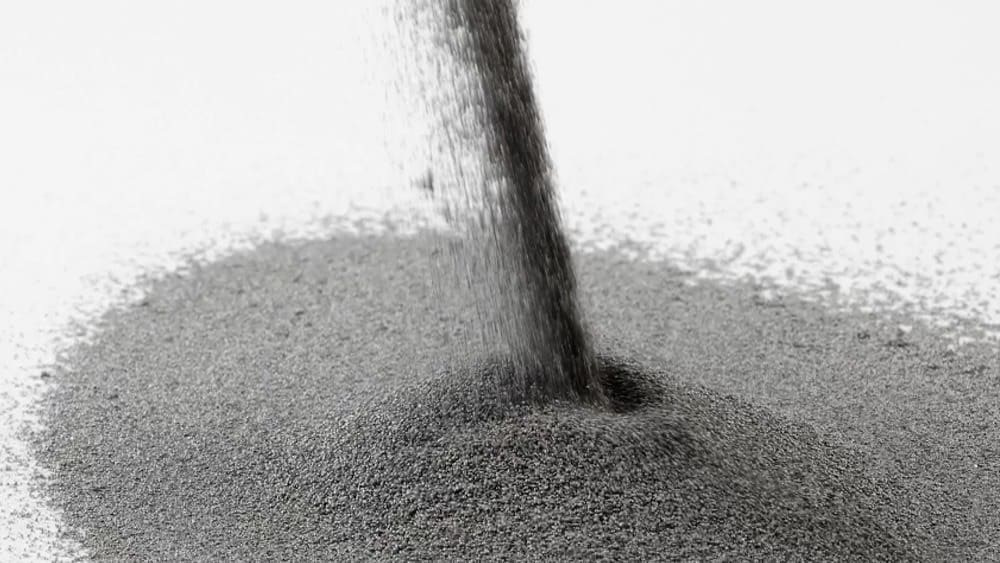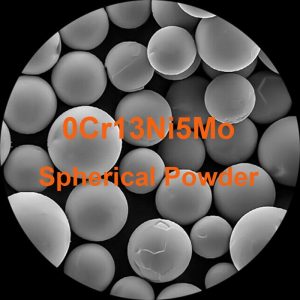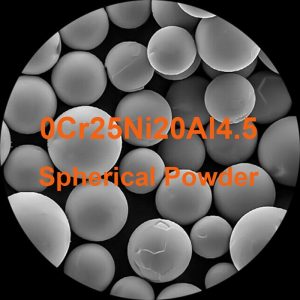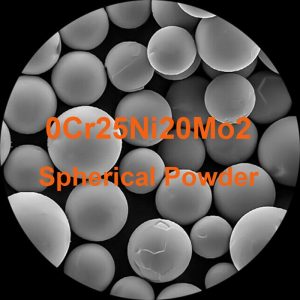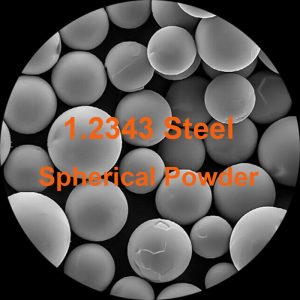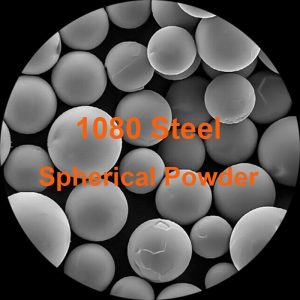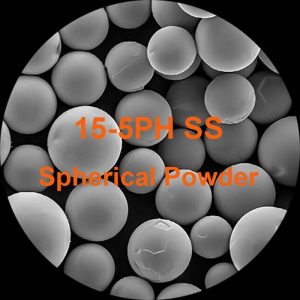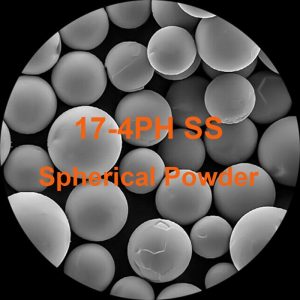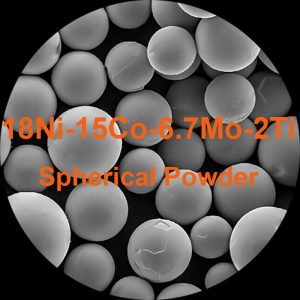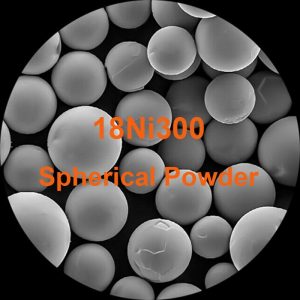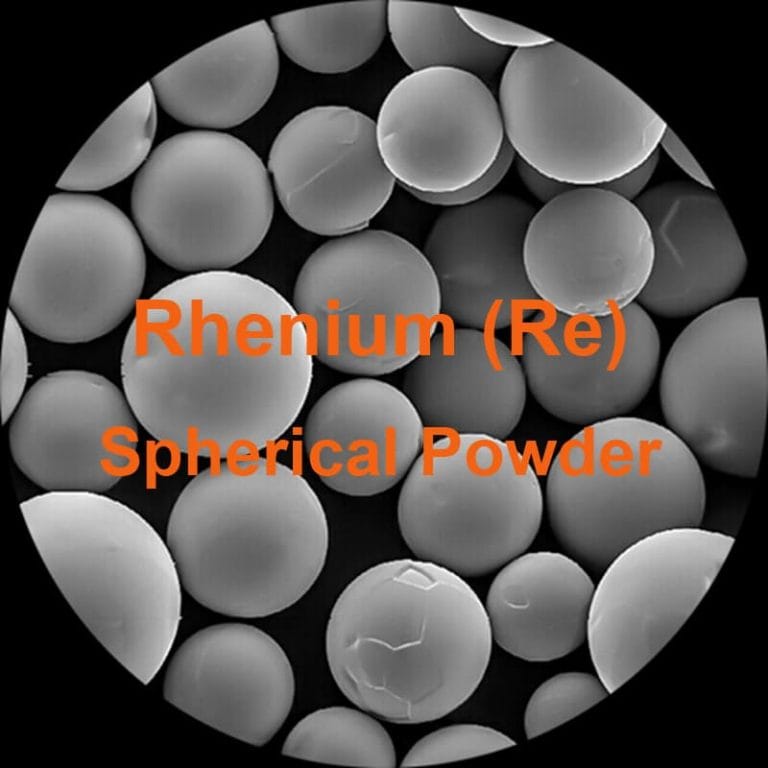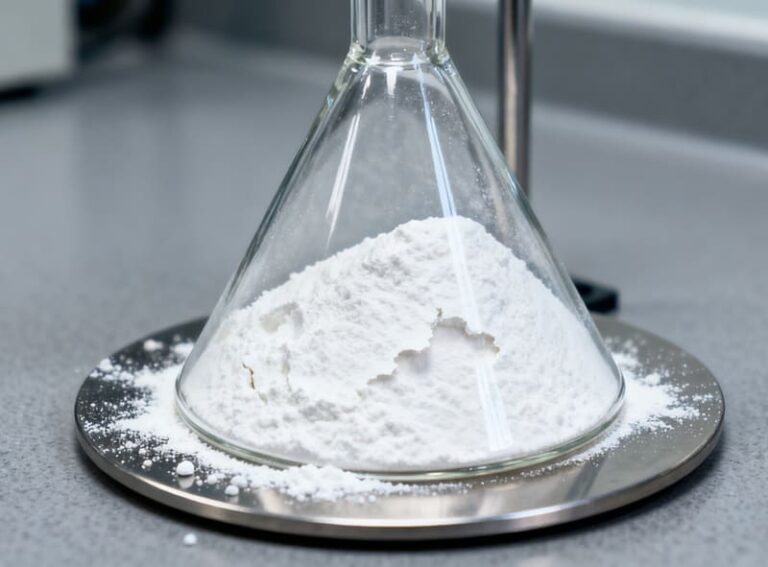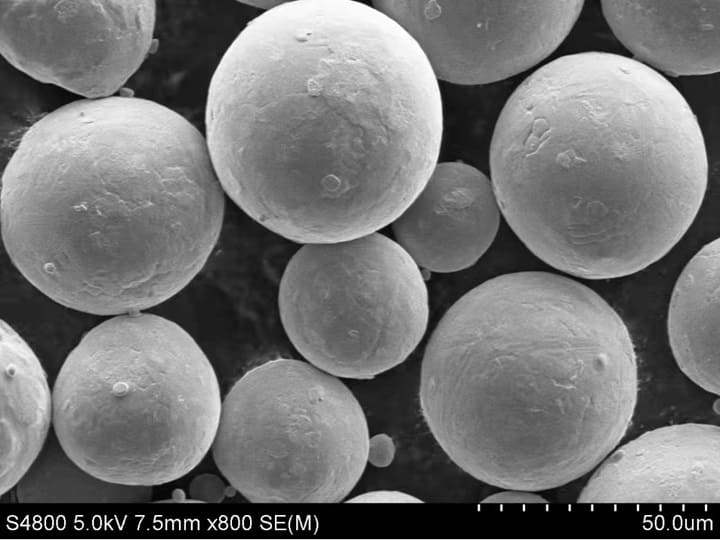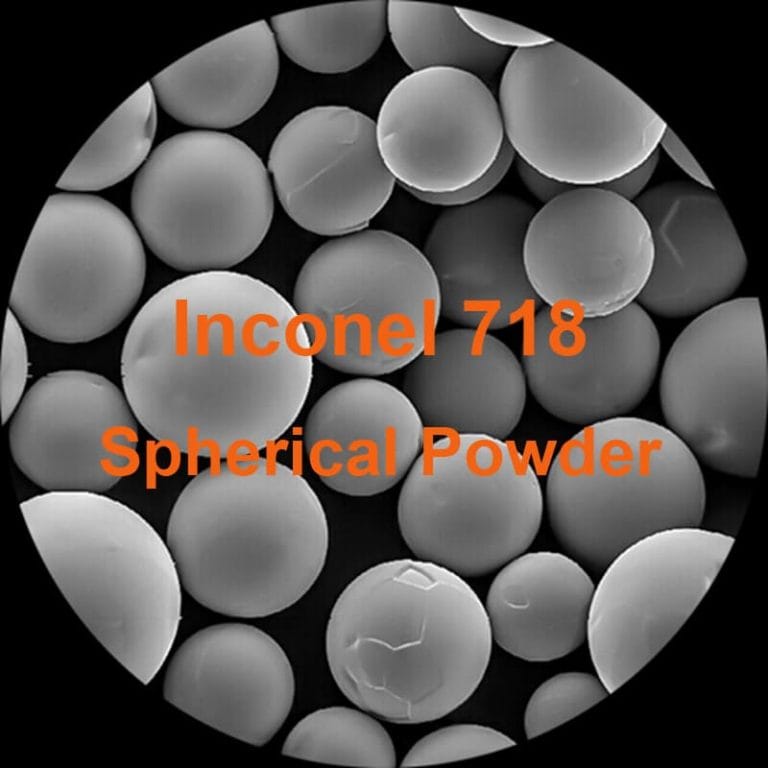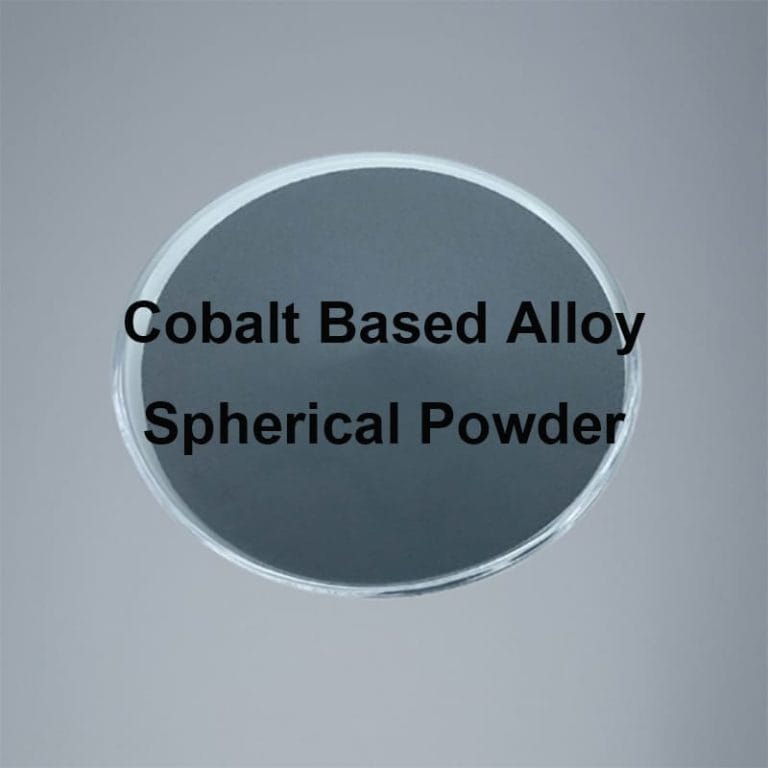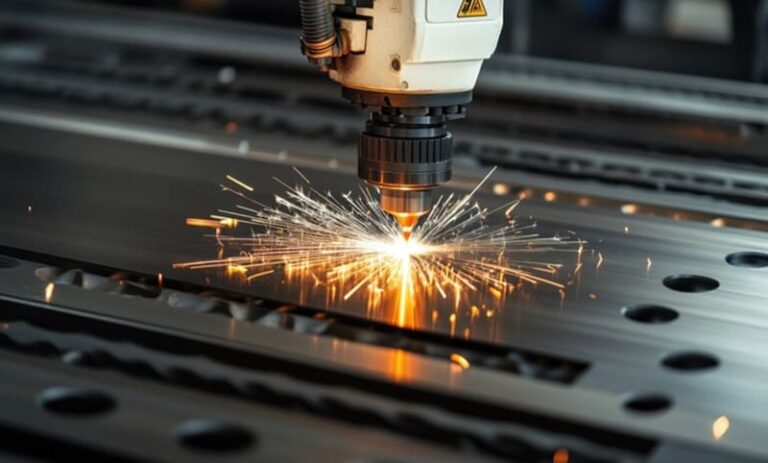Metal Powder Characteristics You Need to Know for Enhanced Performance and Efficiency
Metal powders play a critical role in various industries, particularly in powder metallurgy, additive manufacturing, and catalytic processes. The physical properties of these powders—such as particle size, shape, surface area, and density—directly influence their performance and suitability for specific applications. In this blog, we will explore these properties in-depth, focusing on the differences between spherical and irregular powders and how they impact performance.
1. Particle Size
The particle size of metal powders significantly impacts the performance of the final product. Smaller particles offer a larger surface area, improving reactivity and sintering. The particle size distribution, often specified in microns, determines the flowability and the consistency of powder compaction during manufacturing.
2. Particle Shape
The shape of metal powder particles is a key factor in its properties, directly affecting the powder’s processing performance. The shape of the particles is closely related to the strength, permeability, and uniformity (isotropy) of the final product, and also impacts the powder’s flowability, bulk density, gas permeability, compressibility, and sintered body strength. Methods for studying particle shape and structure typically include optical microscopes, transmission electron microscopes (TEM), and scanning electron microscopes (SEM).
The shape and structure of metal powder particles are primarily determined by the powder production method and are also influenced by the geometric factors of molecular or atomic arrangements. Common shapes include spherical, near-spherical, flaky, polyhedral, dendritic, porous sponge-like, disc-like, and irregular shapes.
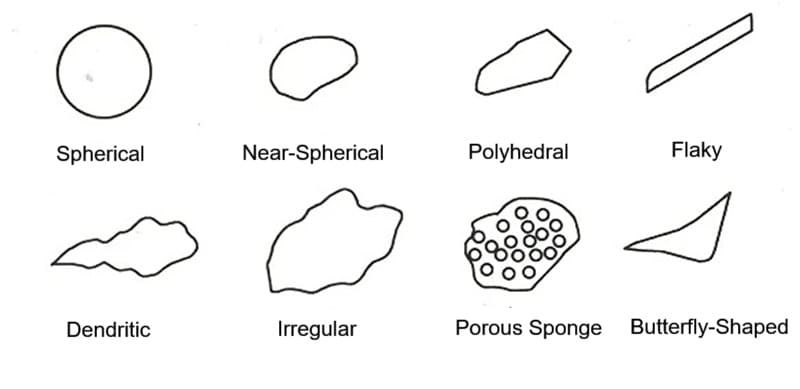
Spherical powders, due to their smooth flow and uniform shape, are ideal for high-precision processes such as additive manufacturing, particularly in industries where precise material control is required.
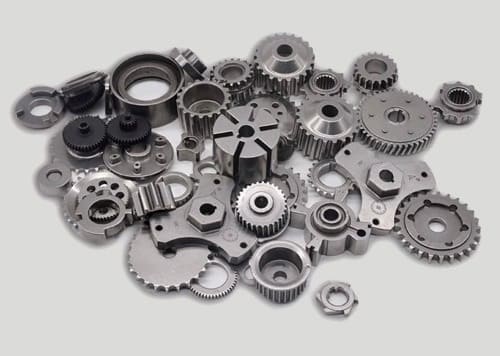
Spherical VS. Irregular Powders
Flowability: Spherical powders offer high flowability due to their smooth and uniform shape, making them ideal for applications like additive manufacturing and high-precision molds. In contrast, irregular powders have lower flowability due to rough surfaces and irregular shapes.
Uniformity: The uniformity of spherical powders ensures consistent sintering and compacting, leading to predictable results in manufacturing. Irregular powders, however, exhibit lower uniformity, which can complicate the sintering process and lead to less predictable outcomes.
Porosity: Spherical powders provide better control over porosity, resulting in products with more uniform characteristics. On the other hand, irregular powders can cause uneven porosity, which might be desirable in some specialized applications but may limit performance in others.
Applications: Spherical powders, such as Molybdenum Spherical Powder, Rhenium Spherical Powder, and Tantalum Spherical Powder, are typically used in additive manufacturing, high-precision molds, and industries where consistency is key. Irregular powders, like Tantalum Powder, Niobium Powder, and Tungsten Powder, are more suited for structural components, high-strength materials, and specialized industrial processes requiring enhanced mechanical properties.
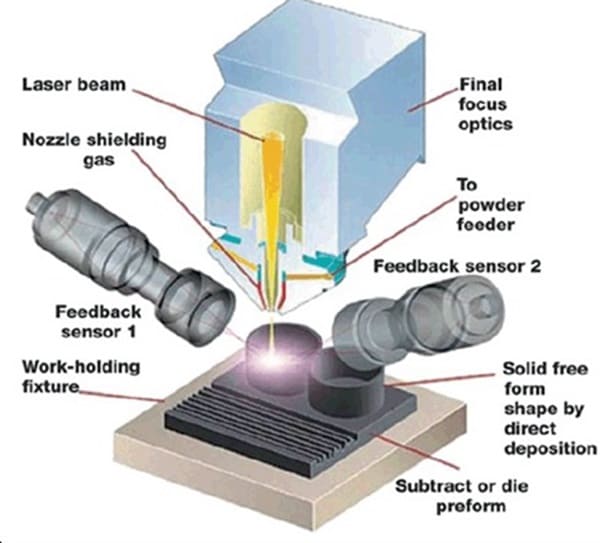
Particle Size: Spherical powders maintain consistent particle sizes with minimal variation, which contributes to their high uniformity and performance in precise applications. Irregular powders, however, exhibit a larger variation in size and shape, making them better suited for applications where size diversity is not a disadvantage.
相关产品
-
0Cr13Ni5Mo Stainless Steel Alloy Spherical Powder – 0Cr13Ni5Mo Alloy Powder – Additive Manufacturing – 3D Printing
-
0Cr25Ni20Al4.5 Stainless Steel Alloy Spherical Powder – 0Cr25Ni20Al4.5 Alloy Powder – Additive Manufacturing – 3D Printing
-
0Cr25Ni20Mo2 Stainless Steel Alloy Spherical Powder – 0Cr25Ni20Mo2 Alloy Powder – Additive Manufacturing – 3D Printing
-
1.2343 Wear Resistant Steel Alloy Spherical Powder – 1.2343 Steel Alloy Powder – Additive Manufacturing – 3D Printing
-
1080 Steel Spherical Powder – 1080 steel Alloy Powder – Additive Manufacturing – 3D Printing
-
15-5PH Stainless Steel Alloy Spherical Powder – 15-5PH SS Alloy Powder – Additive Manufacturing – 3D Printing
-
17-4PH Stainless Steel Alloy Spherical Powder – 17-4PH SS Alloy Powder – Additive Manufacturing – 3D Printing
-
18Ni-15Co-6.7Mo-2Ti High-strength Steel Alloy Spherical Powder – 18Ni-15Co-6.7Mo-2Ti Alloy Powder – Additive Manufacturing – 3D Printing
-
18Ni300 Mold Steel Alloy Spherical Powder – 18Ni300 Alloy Powder – Additive Manufacturing – 3D Printing
3. Surface Area
The surface area of metal powders—known as the specific surface area—plays a significant role in their reactivity, sintering behavior, and performance. Finer powders with a larger surface area react more efficiently in chemical processes. However, a larger surface area also demands greater control during sintering to avoid defects. Smaller, finer particles tend to have higher surface areas, making them ideal for reactions and applications like catalysis or sintering. Conversely, coarser powders with smooth surfaces have lower surface areas and are typically used in applications requiring less reactivity.
4. True Density and Microhardness
True Density refers to the density of the powder excluding internal porosity. It’s a critical factor in sintering and compaction, influencing the strength of the final material. Powders with high true density result in stronger, denser materials after sintering.
Microhardness is a measure of the hardness of individual particles. This property is important for applications requiring high wear resistance and mechanical strength. High microhardness ensures durability and performance, especially in industrial tools and components exposed to harsh conditions.
5. Lattice Structure
The crystalline structure of metal powders plays an essential role in their performance. Metal powders often have different grain sizes and orientations, which affect their mechanical properties. Finer powders usually have smaller grains, which can result in better performance in terms of strength and resistance to wear.
Powders produced using different methods may have varying lattice defects. For example, powders produced via atomization are likely to have smaller crystal grains compared to those produced by other methods, contributing to enhanced material properties.
Conclusion
The physical properties of metal powders, including particle size, shape, surface area, density, and microhardness, significantly impact their performance and suitability for various applications. Spherical and irregular powders each offer distinct advantages depending on the specific needs of industries like additive manufacturing, aerospace, and catalysis. A solid understanding of these properties is crucial for selecting the right powder, and ensuring optimal performance and efficiency in the manufacturing process.

